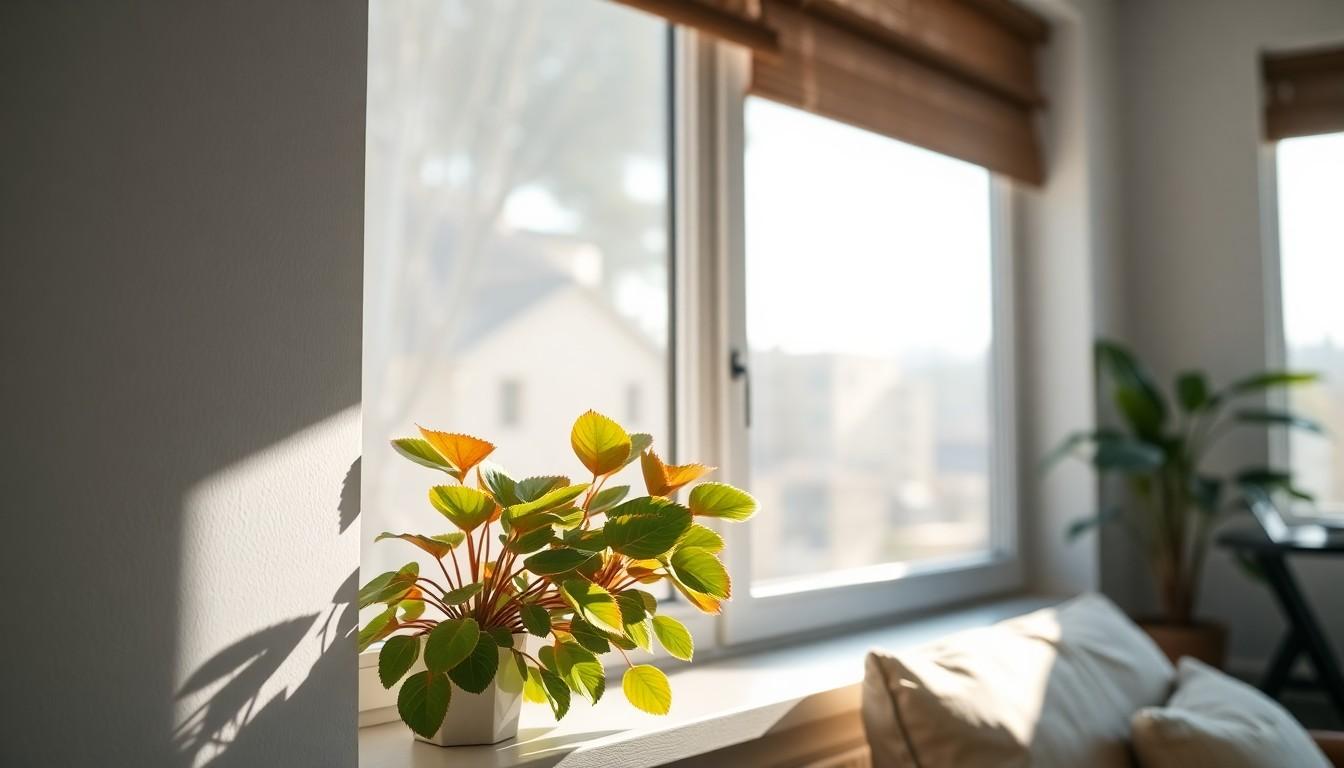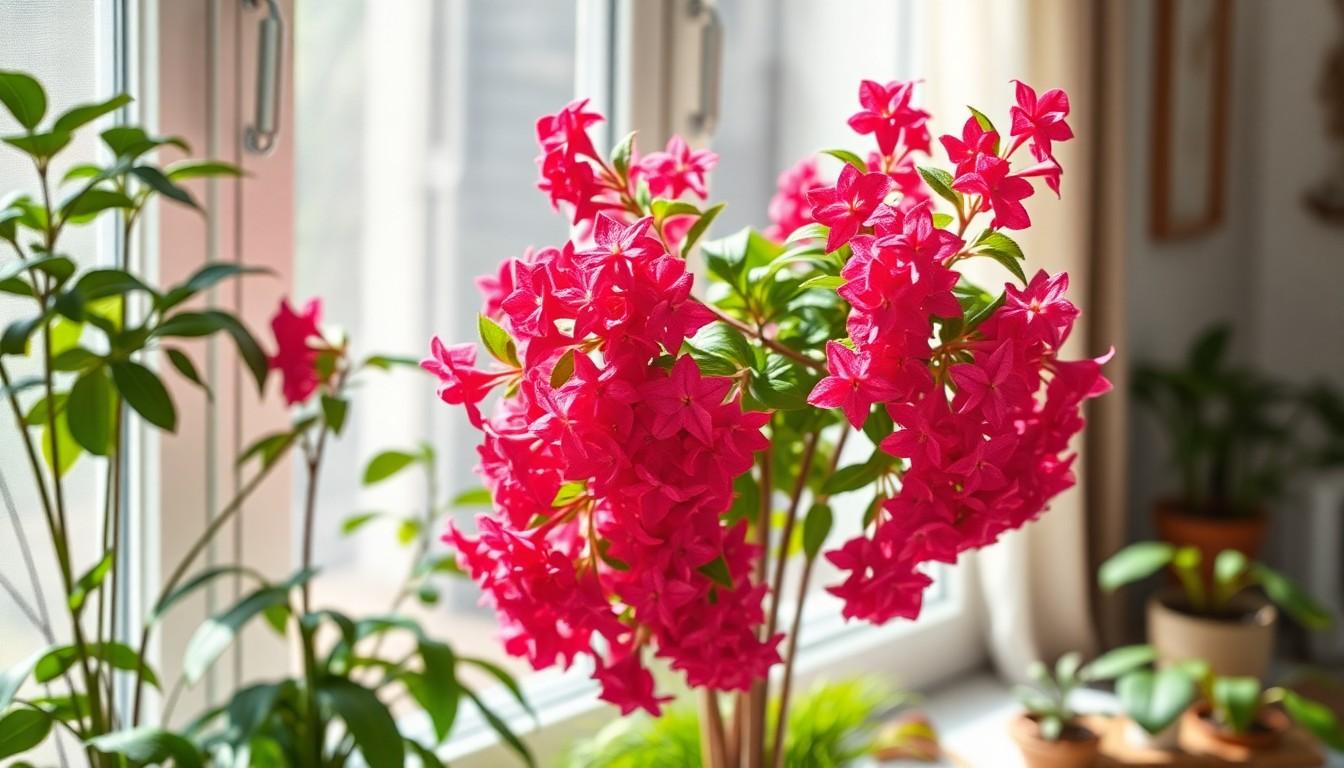If you’re looking to add a splash of color to your home without the hassle of a pet, the Calandiva plant might just be your new best friend. With its vibrant blooms and easy-going nature, this little succulent is the perfect companion for anyone who’s ever killed a cactus. Yes, it’s that forgiving!
Calandiva Plant Care
Calandiva, a popular succulent, belongs to the Kalanchoe family. It showcases clusters of vibrant flowers, typically in shades of pink, red, or yellow, adding a lively touch to any space. This plant thrives indoors, making it an excellent choice for enhancing home decor while requiring minimal care.
With its thick, fleshy leaves, Calandiva stores water efficiently, allowing it to survive in dry conditions. Ample sunlight promotes abundant blooming; therefore, placing the plant in a bright spot significantly benefits its growth. Ideally, Calandiva requires moderate temperatures, generally ranging from 65°F to 75°F.
Watering practices play a crucial role in Calandiva health. Allowing the soil to dry out between watering prevents overwatering, which can lead to root rot. Consider fertilizing the plant every few months with a balanced fertilizer to support its nutrient needs during the blooming season.
Pests can occasionally affect Calandiva, making regular inspections beneficial. Look out for common pests like mealybugs or aphids, and treat infestations promptly with insecticidal soap or neem oil.
Propagation of Calandiva is quite simple. Leaf cuttings or offsets can be removed from the parent plant and planted in well-draining soil. Care during this process ensures successful growth, allowing enthusiasts to expand their plant collection easily.
Overall, Calandiva represents an attractive, low-maintenance option for plant lovers and those new to gardening. Its ability to produce colorful blooms with minimal effort makes it an ideal addition to any home environment.
Ideal Growing Conditions

Calandiva plants thrive in conditions that mimic their natural habitat. Achieving the right environment enhances their growth and bloom potential.
Light Requirements
Calandiva flourishes in bright, indirect sunlight. Optimal placements include east or west-facing windows. Direct sunlight can scorch the leaves, so filtered light is beneficial. Insufficient light may result in sparse blooms. Rotate the plant occasionally to promote even growth.
Temperature and Humidity
Temperatures between 65°F and 75°F support healthy Calandiva growth. Sudden temperature fluctuations can stress the plant, hindering its health. Humidity levels around 40% to 60% maintain ideal conditions. Lower humidity often leads to wilting or drooping leaves. Ensuring good air circulation around the plant enhances its overall vigor.
Watering and Soil Needs
Proper care for the Calandiva involves understanding its watering and soil requirements. Meeting these needs ensures the plant thrives and produces vibrant blooms.
Best Soil Types
Selecting the right soil is crucial for Calandiva’s health. A well-draining potting mix formulated for succulents works best. This type of soil contains components like perlite or coarse sand, promoting drainage and preventing root rot. Organic materials can enhance aeration and moisture retention. Many gardeners opt for cactus mix, which also serves well. Avoid heavy soils that retain excess moisture, as this can harm the plant.
Watering Schedule
Establishing a consistent watering schedule is vital for the Calandiva. Water thoroughly when the top inch of soil feels dry, typically every two to three weeks. Adjusting frequency based on environmental factors, such as humidity and temperature, helps maintain optimal conditions. During summer months or warmer conditions, the plant may require more frequent watering. Conversely, reduce watering in colder months to avoid overwatering. Monitoring the leaves can indicate water needs; plump leaves signal sufficient hydration, while shriveling suggests thirst.
Fertilizing Techniques
Proper fertilization enhances the health and vibrancy of the Calandiva plant. Understanding the right types of fertilizers and feeding frequency is essential for optimal growth.
Types of Fertilizers
Balanced fertilizers or those specifically designed for succulents work best for Calandiva. The ideal ratio is often 15-15-15 or 20-20-20, providing equal parts nitrogen, phosphorus, and potassium. Water-soluble fertilizers allow for easy application and quick nutrient absorption. Organic options, like fish emulsion or worm castings, also benefit the plant without introducing chemical additives. It’s critical to dilute fertilizers to half the recommended strength to prevent over-fertilization.
Frequency of Feeding
Feeding the Calandiva plant every four to six weeks during the growing season fosters robust blooms. Spring and summer represent the active growing periods, making them ideal for fertilization. During fall and winter, when the plant enters dormancy, cut back on fertilizer to once every two months or stop altogether. Adjusting the frequency based on the plant’s health and growth stage ensures it receives adequate nutrients without the risk of nutrient burn.
Common Pests and Diseases
Calandiva plants can encounter several pests and diseases that threaten their health. Monitoring these issues helps maintain their vibrant appearance.
Identification and Prevention
Mealybugs, aphids, and spider mites frequently attack Calandiva plants. Symptoms include discolored leaves, stunted growth, and webbing on foliage. Regularly inspecting plants aids in early detection. Isolation of affected plants prevents pests from spreading. Proper air circulation reduces humidity, creating an unfavorable environment for these pests. Maintaining a routine for cleaning leaves also enhances prevention. Integrating natural predators, such as ladybugs, can control pest populations effectively.
Treatment Solutions
Insecticidal soap provides an effective solution against pests. Thoroughly spraying it on affected areas eliminates many common invaders. Neem oil, another effective treatment, disrupts pest life cycles while being safe for plants. It may take several applications to achieve desired results. For severe infestations, systemic insecticides can be effective, but caution is necessary to follow application guidelines carefully. Additionally, removing heavily infested leaves reduces the pest load. Consistent monitoring after treatment ensures pests do not return.
The Stunning Flowers of the Calandiva
Caring for a Calandiva plant is a rewarding experience that brings vibrant color to any space. Its low-maintenance nature makes it perfect for those who may not have a green thumb. With the right light, temperature, and watering practices, this succulent thrives beautifully indoors. Regular monitoring for pests ensures the plant remains healthy and continues to bloom.
By following simple care guidelines, anyone can enjoy the stunning flowers of the Calandiva. This resilient plant not only enhances home decor but also offers a sense of accomplishment for both novice and seasoned plant enthusiasts alike. Embracing the beauty of the Calandiva is a step toward creating a lively and inviting atmosphere.

